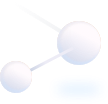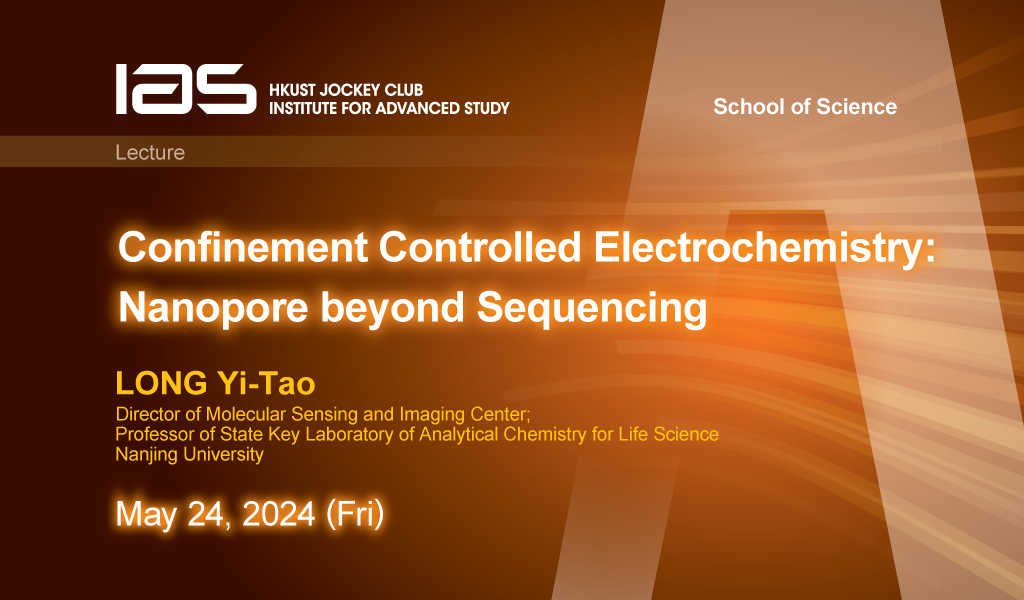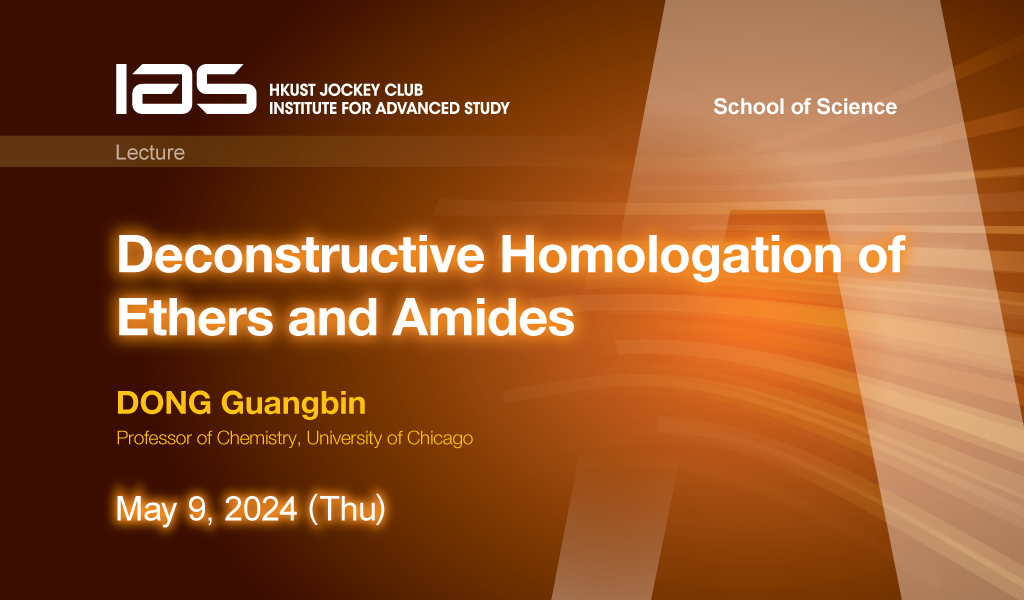In 1990s, Kashiwara and Lusztig defined crystals as abstraction of crystal bases of quantum group representations. The crystals essentially are directed acyclic graphs with labeled edges and weight maps on vertices, which satisfies certain axioms dependent on the Lie algebra or superalgebra type. By constructing categories of normal crystals with direct sum, tensor product and standard crystal, we obtain symmetric polynomials as their characters. In particular the character for gln -crystals are Schur functions, while in 2010s Grantcharov et al. developed the theory of crystals for queer Lie superalgebra qn
, and obtained Schur P-functions as characters of both the abstract crystals and the (integrable) representations of quantum queer Lie superalgebra.
In this seminar talk I will survey the motivations of crystals in representation theory and algebraic combinatorics. Then I will present some new results developing highest weight crystals that have Schur Q-functions as characters. I will also discuss several explicit examples of the new type of crystals, and explain an application to Schur Q-positivity. These results are joint work with Eric Marberg.




